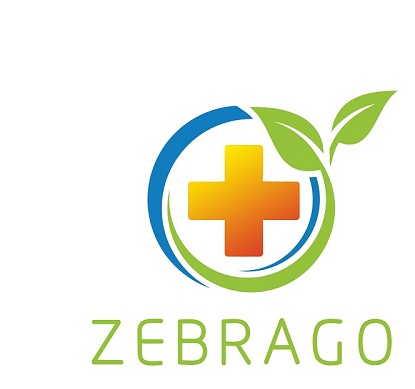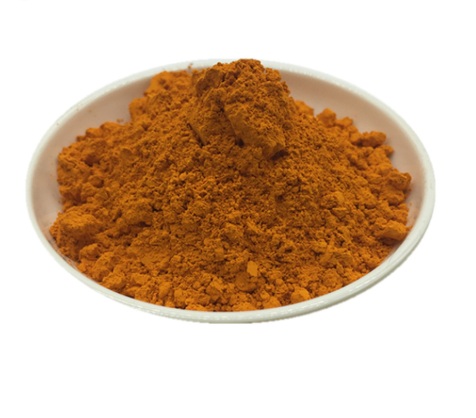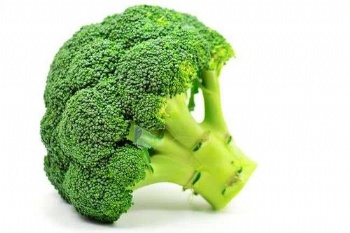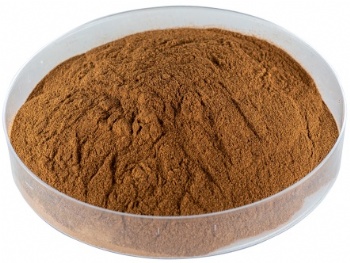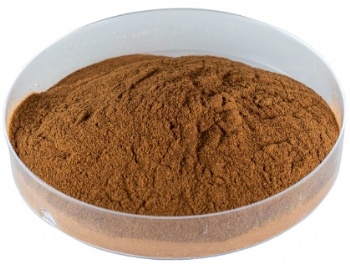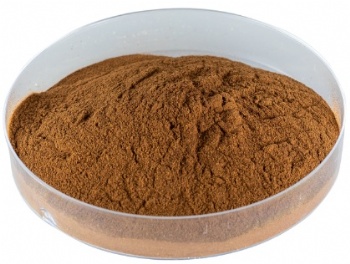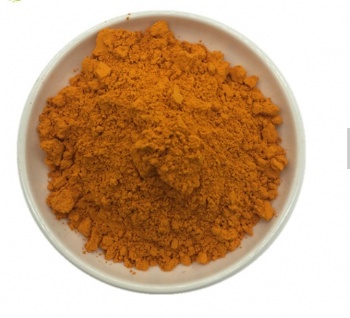|
COA Of Broccoli |
|
|
Botanical Source: |
Broccoli Extract |
|
Part used: |
Plant |
|
Specification: |
Sulforaphane 4:1 10:1 |
|
Description: |
Pure Plant Extract sulforaphane |
|
Appearance |
Green Powder |
|
Flavor & Odor |
Characteristic |
|
Particle size |
100% pass 80 mesh |
|
Physical: |
|
|
Loss on Drying |
≤5.0% |
|
Bulk density |
40-60g/100ml |
|
Sulphated Ash |
≤5.0% |
|
General Status |
Non-irradiated |
|
Chemical: |
|
|
Pb |
≤3mg/kg |
|
As |
≤1mg/kg |
|
Hg |
≤0.1mg/kg |
|
Cd |
≤1mg/kg |
|
Microbial: |
|
|
Total microbacterial count |
≤1000cfu/g |
|
Yeast & Mold |
≤100cfu/g |
|
E.Coli |
Negative |
|
Staphylococcus aureus |
Negative |
|
Salmonella |
Negative |
|
Enterobacteriaceaes |
Negative |
Sulforaphane (SFN for short) is a potent cancer-fighting and antibacterial compound found in cruciferous vegetables and sprouts.
More specifically, sulforaphane is part of a group of plant-based disease-fighting phytochemicals called isothiocyanates. In the body, sulforaphane stimulates the production of important enzymes that neutralize free radicals. Since inflammation and free radicals get the blame for many types of cancer, this is a big deal. Isothiocyanates also seem to block certain cancer-activating enzymes in the body, creating a double protection.
Which Foods Contain Sulforaphane?
Sulforaphane is found in cruciferous vegetables including broccoli, cauliflower, Brussels sprouts, cabbage, collards, kale, bok choy, kohlrabi, turnip, collards, arugula, watercress, radish, and mustard greens. Broccoli sprouts have the highest identified concentration of sulforaphane.
All green veggies serve an important purpose and you’ll have a hard time finding any doctor or health expert who would say eating green veggies is not a good idea (short of very specific health conditions).
Sulforaphane Benefits
This potent phytochemical is well studied for:
promoting detoxification
boosting the brain
helping the body create cancer-fighting compounds
supporting healthy heart function
increasing glutathione as an Nrf2 activator
promoting weight loss
slowing aging by activating heat-shock proteins
boosting liver function
reducing inflammation and pain
stopping and reversing hair loss.
Sulforaphane Supplements? Maybe?
Sulforaphane supplements are springing up everywhere, but I personally stick to veggies and fresh sprouts. I’ve always been a fan of getting nutrients from food whenever possible, but in this case, it is likely much more effective too. Studies show that SFN supplements are much less bioavailable than fresh sources. This makes sense when we understand the complex interaction needed between myrosinase and glucoraphanin that creates sulforaphane. Without this complex interaction, it is hard for the body to effectively use sulforaphane.


